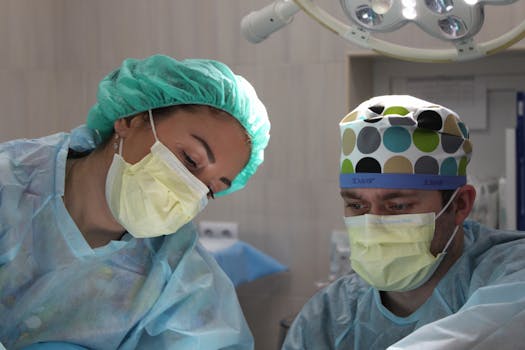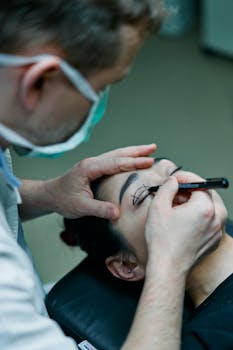Choosing cosmetic procedures involves weighing visible benefits against possible trade-offs, and inner thigh liposuction scars are often a key concern for people considering contouring in this area. Scars are a natural part of healing after any surgical incision, and understanding where they appear, how they mature, and what you can do to minimize them makes it easier to decide whether inner thigh liposuction is right for you.
Inner thigh liposuction scarring: What to expect
Surgeons typically place incisions in discreet locations—near the groin crease or along natural skin folds—so that any liposuction scars thighs show are usually small and low-profile. Immediately after surgery you can expect redness and raised tissue; over 6–12 months scars commonly flatten and fade. Factors such as skin type, genetics, infection, and tension on the incision affect final appearance.
How scars form and who’s at higher risk
Scarring is the body’s repair process. Collagen is laid down to close the incision, and the pattern and amount of collagen determine whether a scar becomes flat and pale, wide, or hypertrophic. People with darker skin tones, a history of keloids, or uncontrolled diabetes may experience more noticeable scars. Smoking and poor nutrition can delay healing and worsen outcomes.
Pros and cons specific to inner-thigh scarring
- Pros: Incisions are small, often hidden in creases, and many patients report scars become nearly invisible over time.
- Cons: Location close to friction zones (thighs rubbing) increases tension during healing, which can widen or darken scars if not properly managed.
- Trade-offs: Greater tissue removal can improve silhouette but might require slightly larger or additional ports, potentially affecting scar burden.
Minimizing and treating scars
Proactive scar care improves outcomes. Early wound care includes keeping the area clean, following your surgeon’s dressing instructions, and avoiding strenuous activity that stretches the incision. Once incisions have closed, techniques to reduce scar appearance include silicone sheets or gels, gentle massage, sun protection to prevent hyperpigmentation, and topical vitamin E alternatives recommended by your provider.
For persistent thickened scars, professional treatments can help: corticosteroid injections, laser therapy, microneedling, and surgical revision are commonly used depending on scar type. Discuss options with a board-certified plastic surgeon or dermatologist to choose the safest, most effective approach.
Practical considerations before surgery
Ask your surgeon about incision placement, suturing techniques, and their experience managing liposuction scars thighs. Preoperative planning should include a discussion of your history of scarring, any medications that affect healing, and realistic expectations for outcomes. If you’re exploring multiple procedures, consider how combined approaches may affect scar placement; for example, fat grafting or other body work might change incision needs—learn more about related procedures in this overview: descriptive anchor text.
Recovery timeline and what’s normal
First 2 weeks: incisions close, swelling and bruising peak then decline. Weeks 4–12: scars may look red and slightly raised—this is common. Months 6–12: scars generally flatten and lighten. If a scar gets worse after initial improvement or shows signs of infection (increased pain, spreading redness, pus), contact your surgeon promptly.
If you want a broad, evidence-based primer on the procedure itself, consult a reliable medical overview such as the Liposuction page on Wikipedia: Liposuction overview, and always verify specifics with a qualified clinician.
- Takeaways
- Inner thigh incisions are usually small and hidden, but individual healing varies.
- Early wound care, sun protection, and silicone treatments reduce long-term visibility.
- Discuss your scarring risk and revision options with a board-certified surgeon beforehand.
Will my inner thigh scars disappear completely?
Most scars improve significantly but rarely disappear entirely. Scars typically flatten and become paler over 6–12 months; how much they fade depends on genetics, skin type, and care during healing.
What treatments help if scars become raised or wide?
Options include silicone sheeting, steroid injections for hypertrophic scars, laser resurfacing, microneedling, and surgical revision for mature wide scars. A dermatologist or plastic surgeon can recommend the best approach based on scar characteristics.






